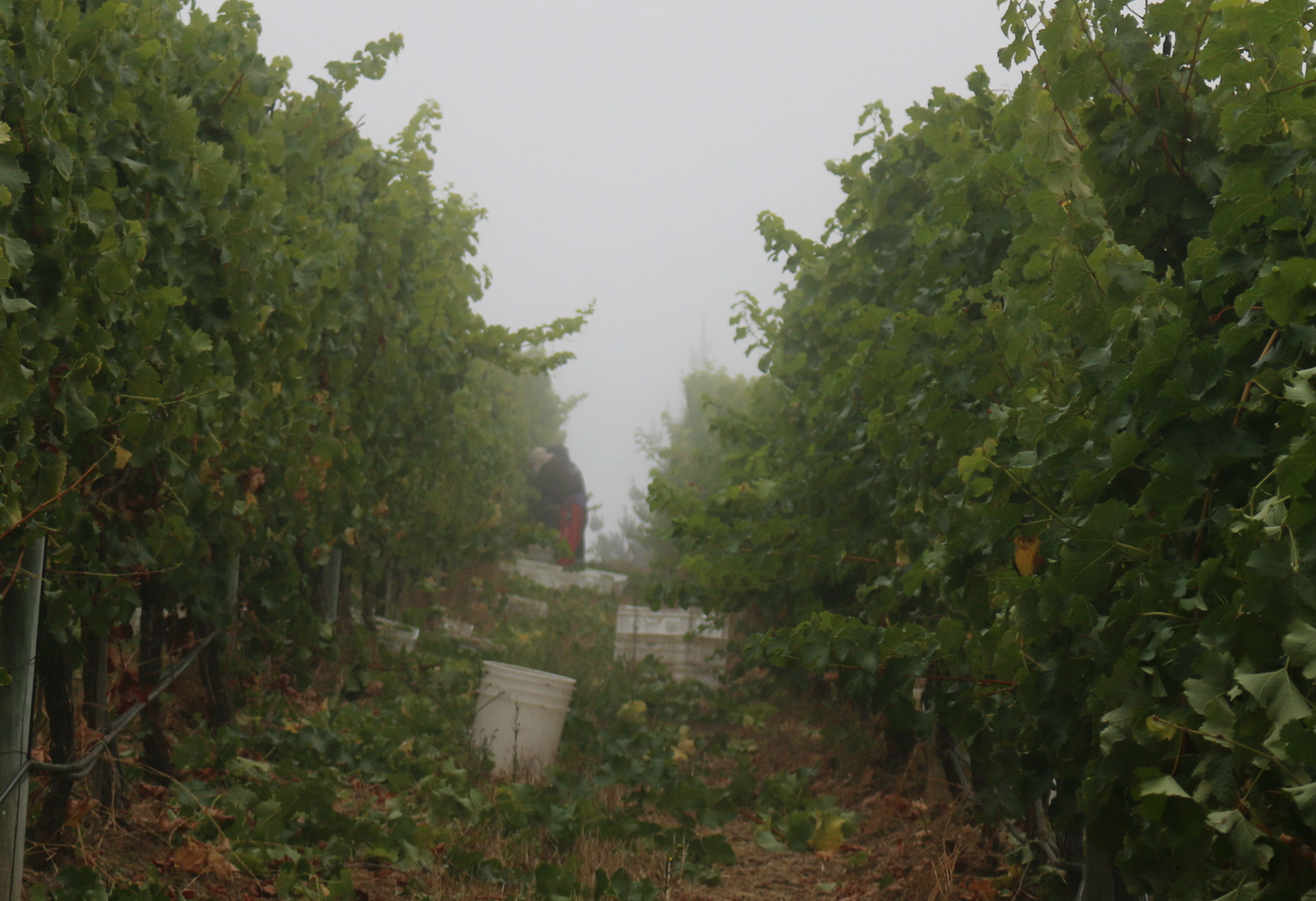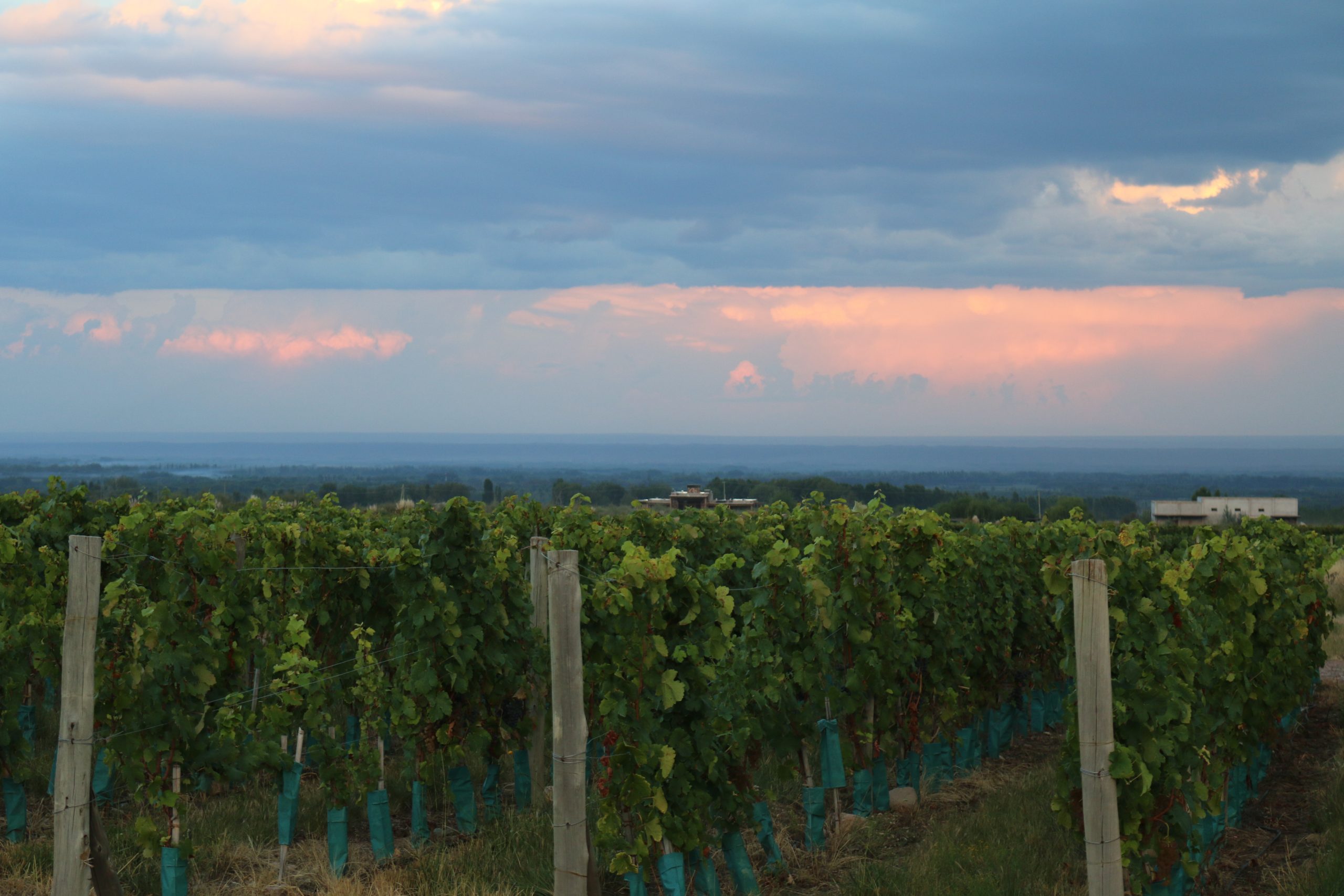Both sides of the Andes were affected by the El Niño this year, and Chile was hit in most of its regions by the cool and wet cycle that complicated 2016’s harvest. Throughout the central valleys of Maipo, Colchagua, Curico and Cachapoal, the harvest was delayed by a couple weeks up to a month which presented big problems for some producers as heavy showers in April caused havoc, dropping production numbers by around a fifth overall.
While numbers were down across the country, some producers were very happy with the cooler style of the red wines coming in. “There was a very slow maturity which is great, it has taken on sugar much slower than the last few years with lower alcohols,” said Marcelo Retamal, winemaker for De Martino in Maipo.
The coastal regions of Casablanca and San Antonio also suffered a wetter year meaning vineyard management was more expensive and taxing, although the early ripening varieties had promising results.
In Maule, known as the Secano Interior (dry interior), the rains also affected some producers however the biggest impact was in the more densely planted large farms who had more logistical issues to bring in the fruit before the rain. The small, independent producers with lower yields had a cooler year with good results if they picked before the rain.
“It was a difficult year for large high density farms that have mechanized planting,” said Derek Mossman who makes his his boutique production for Garage Wine Co in the region. “It is very sad to see so much fruit further north abandoned and rotting. 2016 will no doubt make for less quality at the lower end. That said certain dry-farmed wines from the Secano will be stellar. It was an incredible year for Garnacha harvested before any rain. It is deep and flavourful great acidity and softer than the previous few years.”

